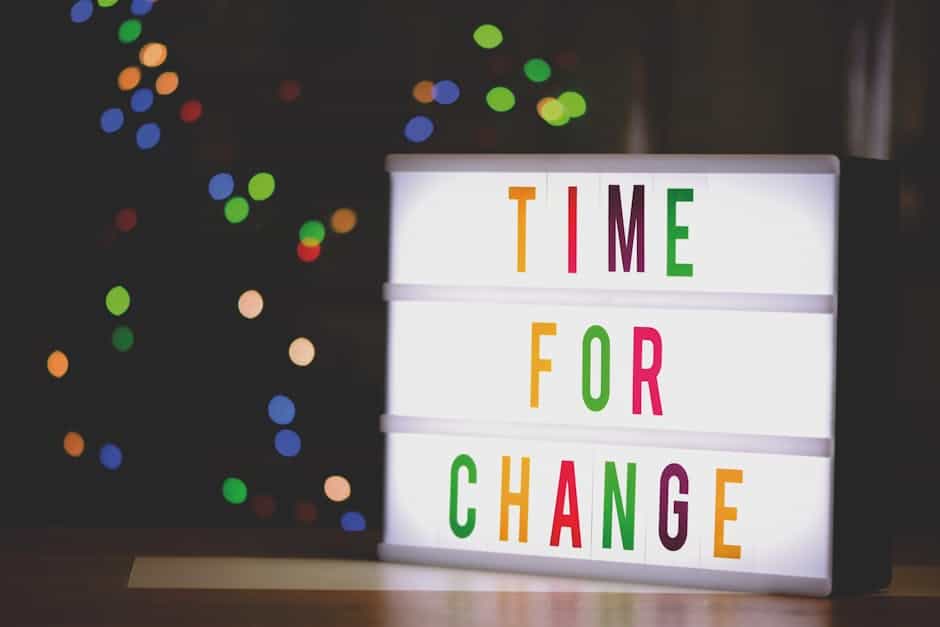Now Reading: 5 Science-Backed Steps to Break Bad Habits Effectively
-
01
5 Science-Backed Steps to Break Bad Habits Effectively
5 Science-Backed Steps to Break Bad Habits Effectively

Swift Summary
- Neuroscience identifies “habit loops” in the brain, comprising cues, routines, and rewards as key to how habits form and persist.
- Research from Trinity College Dublin and UCL finds bad habits can reinforce themselves over time-even without pleasure.
- Willpower is not sufficient for habit-breaking. strategies must align with individual neurobiology to reduce triggers and foster change.
- A five-step method can help break bad habits using science-backed principles: mapping the habit loop, choosing replacements, creating intentional responses (if/then plans), redesigning environments to support new behaviors, and building supportive systems.
- practical applications address modern challenges like phone addiction or emotional eating using tailored approaches based on triggers and rewards.
- The timeline for breaking a habit varies but typically requires around 66 days of consistent effort; setbacks are normal if appropriately managed.
Image: 
Indian Opinion Analysis
India’s unique socio-economic surroundings makes the study of habit loops especially relevant for addressing behavioral challenges such as smartphone addiction or chronic procrastination among young people-a growing issue compounded by increasing internet penetration rates across urban and rural areas alike. The multi-step method outlined could also contribute solutions towards crucial public health goals like combating emotional eating amidst rising obesity levels in urban settings.
The findings about neuroplasticity offer optimism; targeted interventions guided by scientific understanding could foster more deliberate behavior shifts within communities-whether it’s limiting youth distractions from education efforts or promoting mindful practices in high-pressure workplaces. However,success depends considerably on providing necessary resources (e.g., public campaigns or inexpensive tools) tailored to diverse demographic groups across India’s varied cultural landscape.
Neutral implementation through adaptive tools designed within India’s realities-like localized phone usage limits via ecosystem features on affordable devices-could amplify societal benefits while remaining sensitive to context-specific triggers influencing Indian consumers daily lives.
























